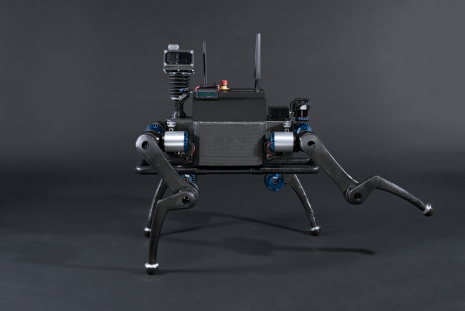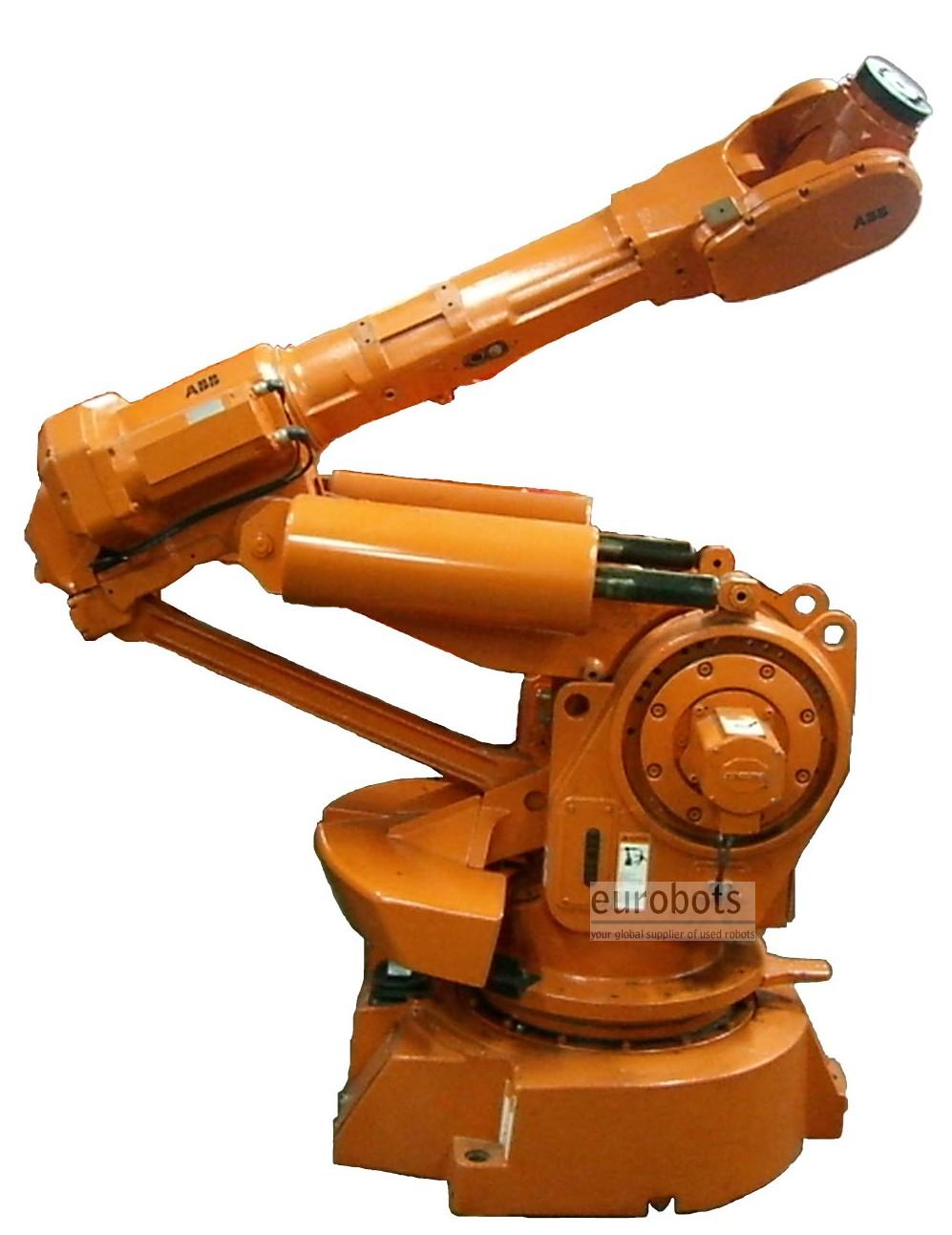PUPS #4: Kinematic Coupling
Turns out this is a 3D version of my PUPS#2 Planar Coupling. I'm using these projects to test concepts for my final project.
ADD SPREADSHEET PREDICTION OF PERFORMANCE:
I haven't used a mill in a while, let alone a fly cutter. It's good to smell like machine oil once again!
There are two pieces of Aluminum stock, one will be the "robot" part, the other the "fuselage". I will make the Fuselage part first, and iterate through concepts for the robot fixturing using the spreadsheet and given the rest of my design work and eventually settle on one.
I have founded Chip City!
I left the 0.25x0.5" shoulder where the 45-degree taper of the "fuselage stringer" will go.
Chamfer endmill!
And the finished fuselage section. This was a great exercise in learning the conversational mode on the Makerworks ProtoTrack.
Here's the real 787 Fuselage for comparison. My Aluminum model is 1:6 scale.
(Aside: The waterjet works again! The pressure sensors on this have been dropping like flies. This one is Serial Number 2, one of the oldest, if not THE oldest Omax still existing.)
I have a confession to make: I'm using my lab's 3D printer in order to test various concepts. I suppose my project is different in that the entire machine must kinematically couple with respect to the airframe, perform several operations, and then be moved to the next set of holes along the airframe.
This ends up fitting quite well! The hole was for a screw to thread through and clamp the Robot down, but its position was arbitrary in this model. This position is currently unstable and pulls the robot away from its coupling location. When the clamping force is in line with at least one of the Kinematic Coupling contacts, ideally more, the clamp will be more stable.
The Big Robot will preload the Fastening Robot by applying both forces and torques against the frame, then the robot will clamp itself to the frame, and the Big Bot will let go. The Fastening Robot can then perform its operation, confident that it is localized with respect to the airframe where it must perform fastening operations.
TODO WHEN ROBOT DESIGN IS FINALIZED:
Test angular repeatability with a laser in a hallway, Test accuracy with a dial indicator mounted on a mill, Use spreadsheet to modify design and modify if needed.
Test angular repeatability with a laser in a hallway, Test accuracy with a dial indicator mounted on a mill, Use spreadsheet to modify design and modify if needed.


















































